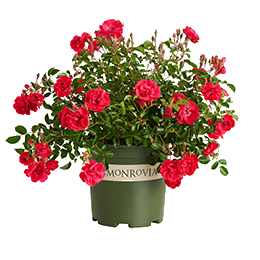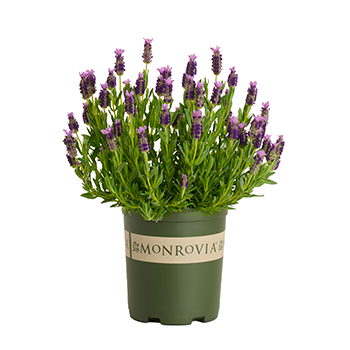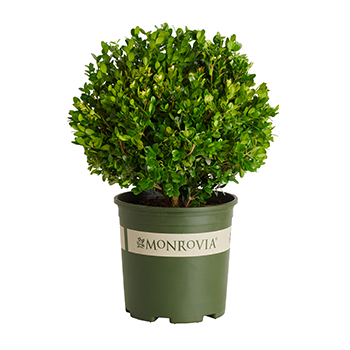You're growing in this Zip Code:
Change LocationDiscover Plants for Your Area
Abbey Road Masterwort
Astrantia major 'Abbey Road'
We no longer grow this plant
Be Inspired: How to Use this Plant
| Bloom Time | Early to late summer |
|---|---|
| Deciduous/Evergreen | Herbaceous |
| Special Features | Fast Growing |
| Problems/Solutions | Very Wet Areas |
| Growth Rate | Moderate |
| Growth Habit | Mounding |
| Flower Attributes | Flowers for Cutting, Showy Flowers |
| Patent Act | Asexual reproduction of plants protected by the Plant Patent Act is prohibited during the life of the patent. |
| Landscape Use | Border, Ground Cover |
| Design Ideas | The old fashioned casual looks of masterwort is exceptional in cottage and country gardens where it first got its start. An exceptional choice for partially shaded beds where it can spread and sprawl. Exploit its preferences for damp spots in and around tree groves. Blends very naturally into large stands of grasses in wild gardens. Long preferred for stream banks and rock strewn water features. This new cultivar was bred to produce in cutting gardens were its blooms resemble strawflowers. |
| Flower Color | Purple |
| Foliage Color | Green |
| Companion Plants | Sedge (Carex); Cranesbill (Geranium); Foam Flower (Tiarella); Columbine (Aquilegia); Red Valerian (Centranthus) |
| Care Instructions | Prefers moist, well-drained, organically rich soil. Follow a regular watering schedule during the first growing season to establish a deep, extensive root system. For a neat appearance, remove old foliage before new leaves emerge. Divide clumps every 2 to 3 years in early spring. |
| History | Astrantia falls into the Umbelliferae or parsley family with many famous herbs such as fennel and Queen Anne's lace that share flowers born on specific open structures known as umbels. The genus was named for the star like appearance of the white flowers. Only one species is cultivated to any extent, a native perennial wildflower of Europe. It is most specifically found in Switzerland and Austria at edges of woodlands and in alpine meadows. It reached England in 1597 and soon became a common cottage garden flower known as Hattie's pin-cushion or Melancholy Gentleman. This is a new richer colored cultivar developed for the cut flower industry. |
| Lore | Masterwort is a medicinal plant dating back to the middle ages when it was recommended for "the bite of a rabid dog". Though not a contemporary remedy, it's camphor-like oil led to its suggested uses for a half dozen different ailments. |
| Bloom Time | Early to late summer |
|---|---|
| Deciduous/Evergreen | Herbaceous |
| Special Features | Fast Growing |
| Problems/Solutions | Very Wet Areas |
| Growth Rate | Moderate |
| Growth Habit | Mounding |
| Flower Attributes | Flowers for Cutting, Showy Flowers |
| Patent Act | Asexual reproduction of plants protected by the Plant Patent Act is prohibited during the life of the patent. |
We no longer grow this plant
We no longer grow this plant
Buy Online
This plant is not available to purchase online.
We no longer grow this plant. For replacement suggestions, check out the plants “You May Also Like” below.
About Us
We have been pioneers and craftsmen in the art of growing plants for nearly
100 years. Since our founding in Southern California by Harry E. Rosedale, Sr.
in 1926, we have been absolutely dedicated and obsessed with quality.
We have been pioneers and craftsmen in the art of growing plants for nearly 100 years. Since our founding in Southern California by Harry E. Rosedale, Sr. in 1926, we have been absolutely dedicated and obsessed with quality.






